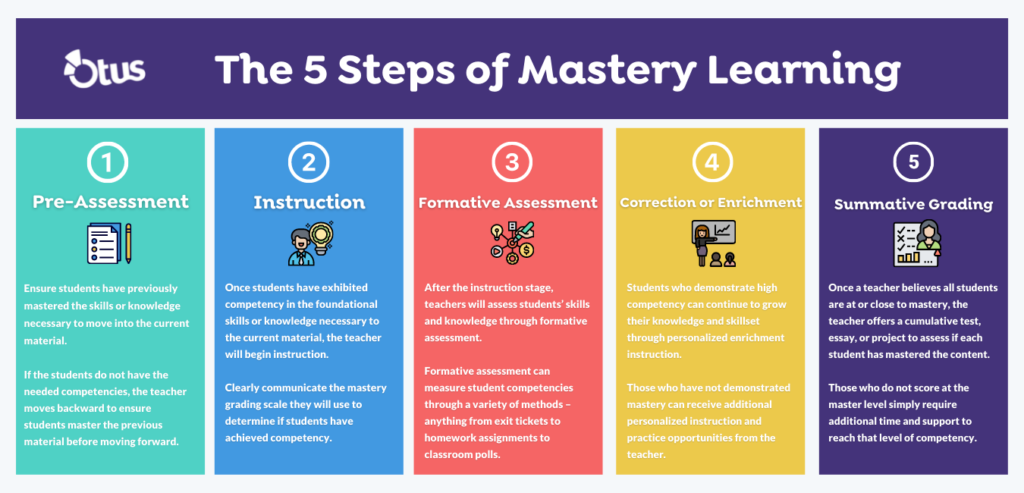Item 11: I coach students to mastery.
As educators, it is crucial to recognize that our students' academic progress reflects our teaching efficacy. We must continually evaluate their understanding and provide additional instruction as needed. This assessment can be done in various ways, from simply asking for a thumbs up to incorporating hands-on activities that correspond with formal assessments. Nonetheless, it's important to ensure that assignments are purposeful, challenging students to apply their newfound knowledge instead of repeating what they already know. Moreover, asking questions is essential, but it's equally vital to encourage student participation and engagement by giving them opportunities to share their thoughts and ideas.
It's essential to recognize that not every teaching technique works for every student, and that's okay. As such, if a particular instructional approach isn't yielding the desired results, don't hesitate to try something different. Seek feedback and advice from colleagues or instructional coaches, and utilize research to uncover new, effective teaching strategies. Remember, the ultimate goal is to help students achieve success and maximize their potential, and that starts with the way we teach and assess their learning.
References
Alison, G. (2017). The work of art : Value in creative careers. Stanford University Press.
Hale, L., & Adhia, D. B. (2022). The continuous feedback model: Enabling student contribution to curriculum evaluation and development. Focus on health professional education (2204-7662), 23(1), 17–36. https://doi.org/10.11157/fohpe.v23i1.501
Thorne, K. (2003). Blended Learning : How to integrate online & traditional learning. Kogan Page.
